While cause and effect are hard to establish, we know that people experience lower rates of mental health conditions living in neighbourhoods where:
- people feel connected and cooperate
- there are high levels of social cohesion and trust
- low levels of crime and violence exist
In neighbourhoods where the opposite is true, rates tend to be higher.
As with any complex system, achieving change at a local community level requires commitment, planning, monitoring systems, time and resources. Leadership is essential, as are individuals or a ‘backbone’ organisation that people know and trust that can do the heavy lifting and manage the day-to-day activities.
The importance of community ownership
Change is more likely to stick when it’s led by the people it affects – ‘bottom up’ rather than ‘top down’. In a community setting, this means local residents, business operators, and local organisation and community leaders working together to decide what the issue or the ‘problem’ is and how they would like to solve it.

Outside ‘experts’ can be invited in to give advice and share what has worked elsewhere, but it’s up to the local community to decide how they will use this information and to work together to design their solutions.
Having a multi-pronged approach often helps, particularly for issues which have multiple ‘causes’ like mental health conditions. Communication, coordination and collaboration are also important, particularly if a lot of different strategies are being implemented at the same time. And of course some way of documenting what you’re doing and measuring what you’re trying to change is essential, otherwise you can never really be sure if what you’ve done has worked.



